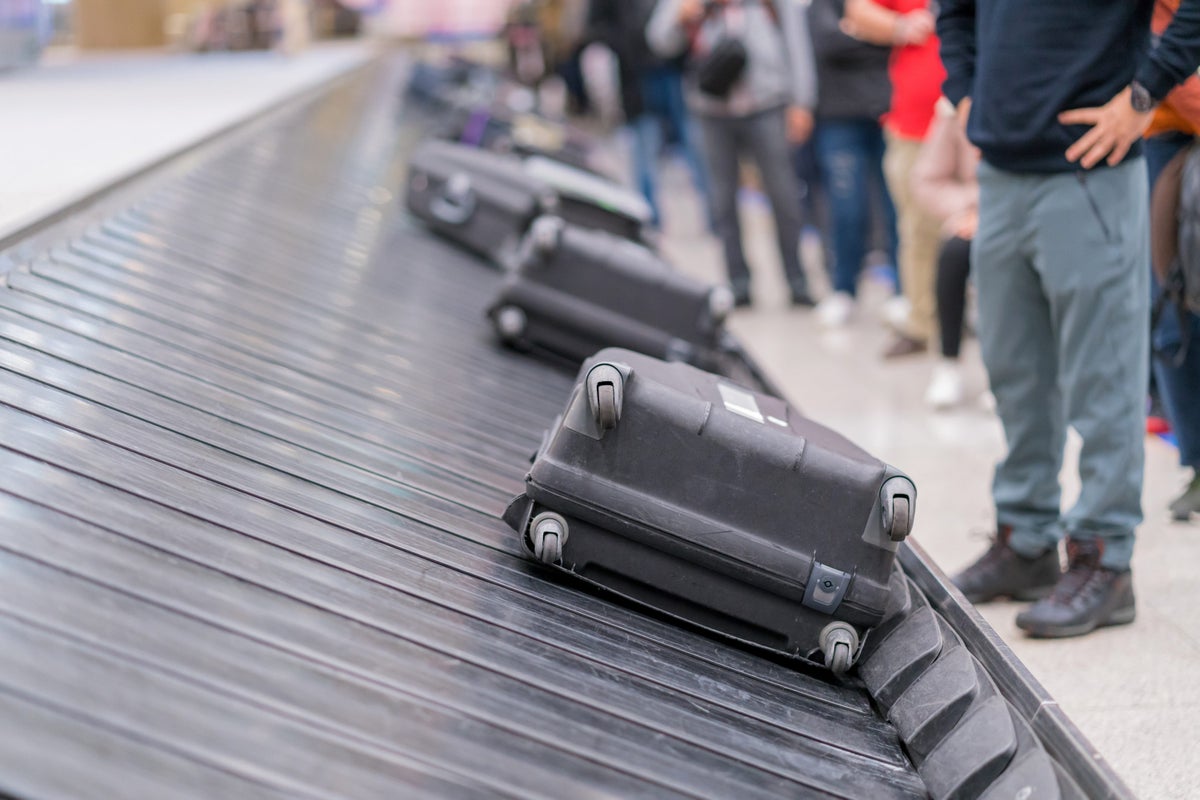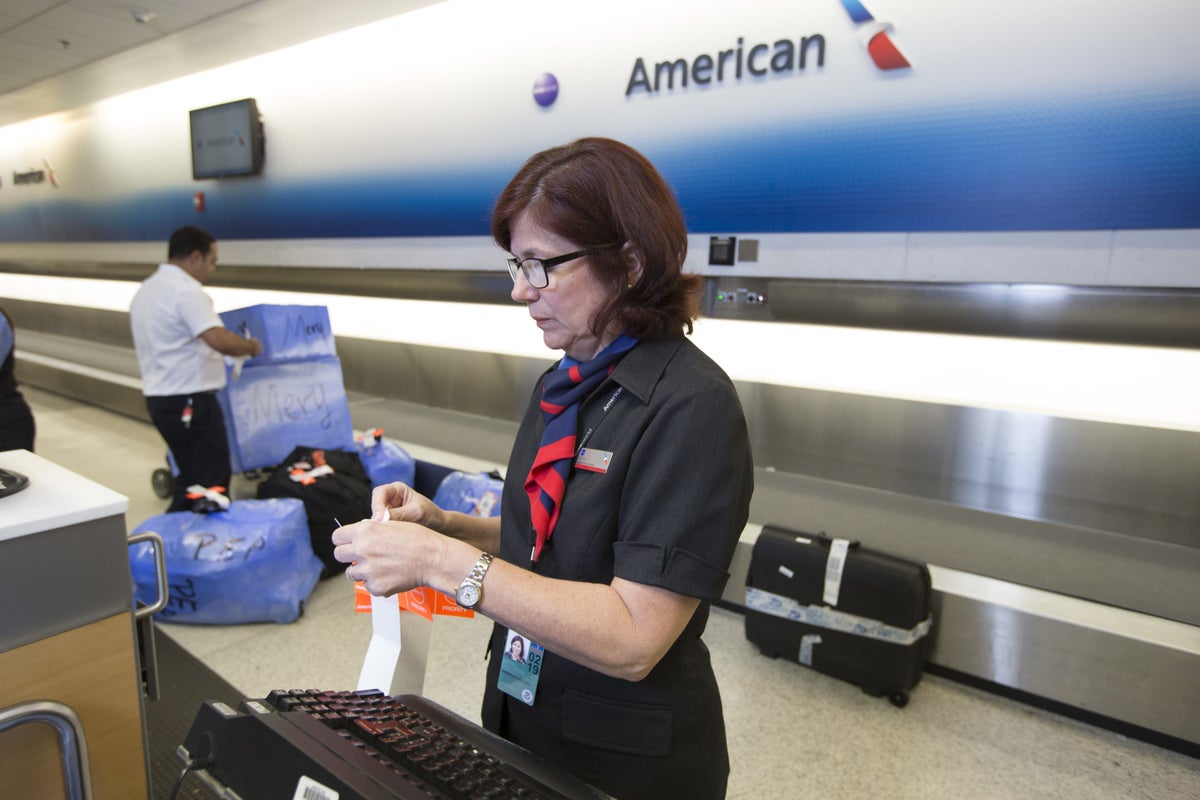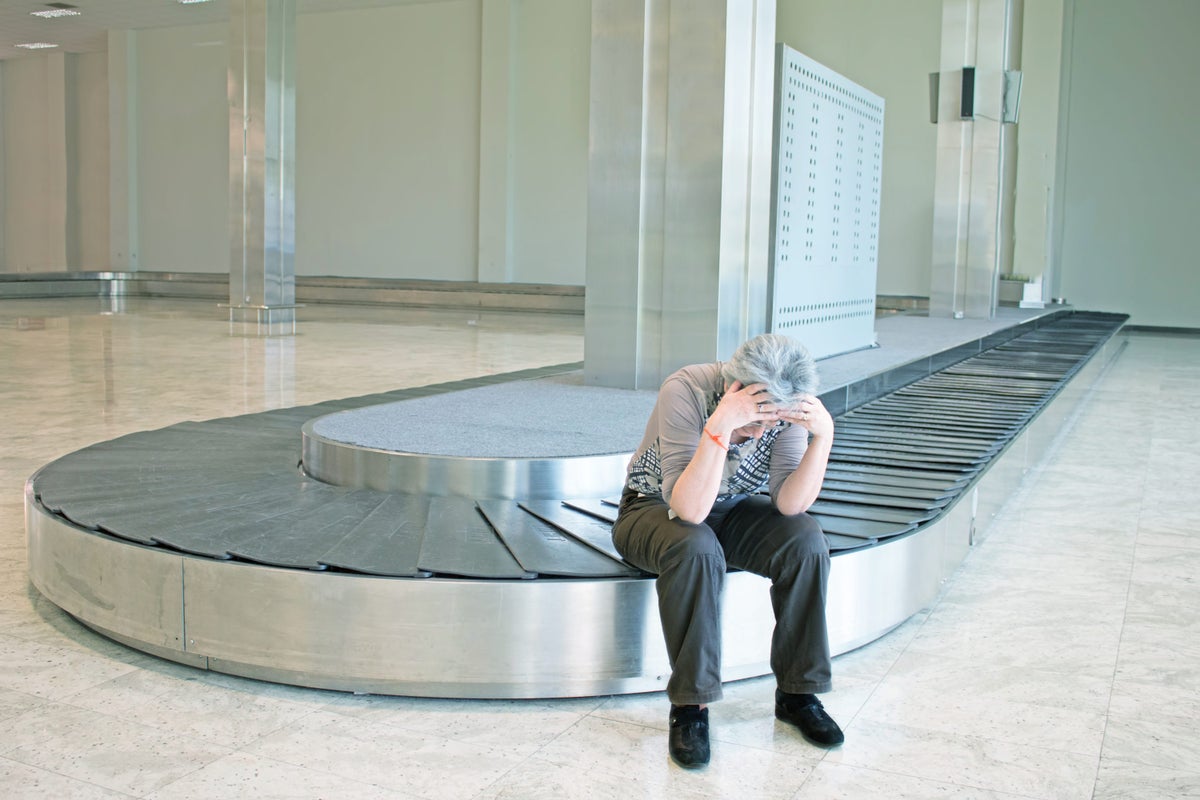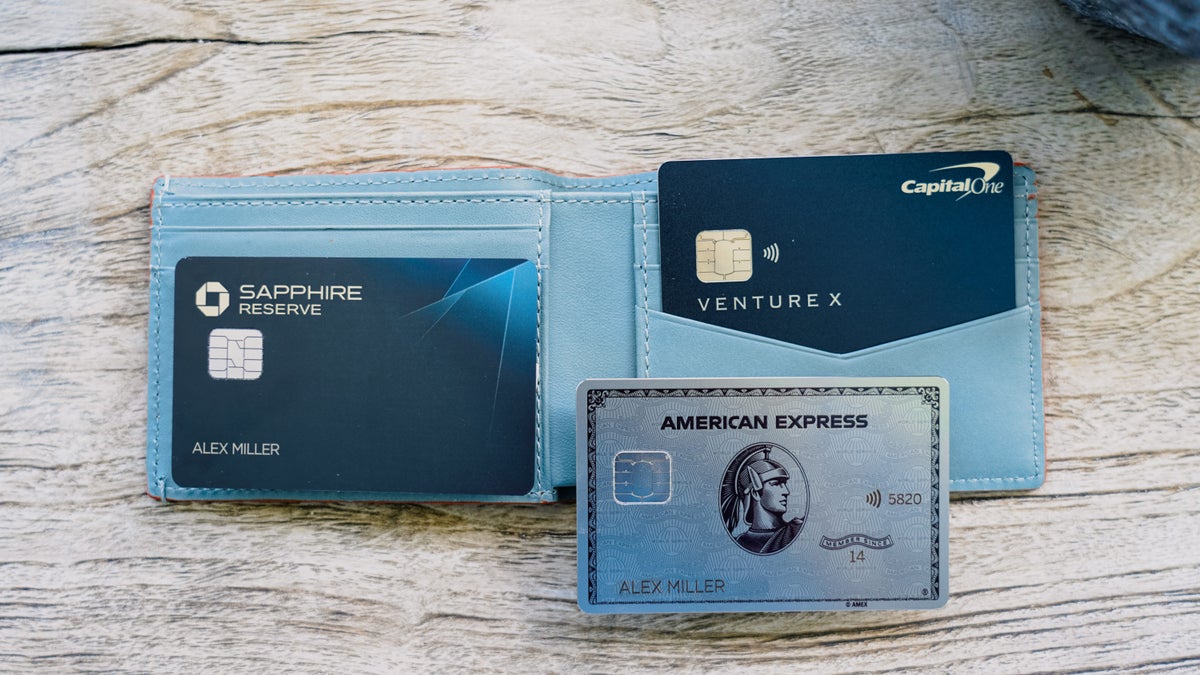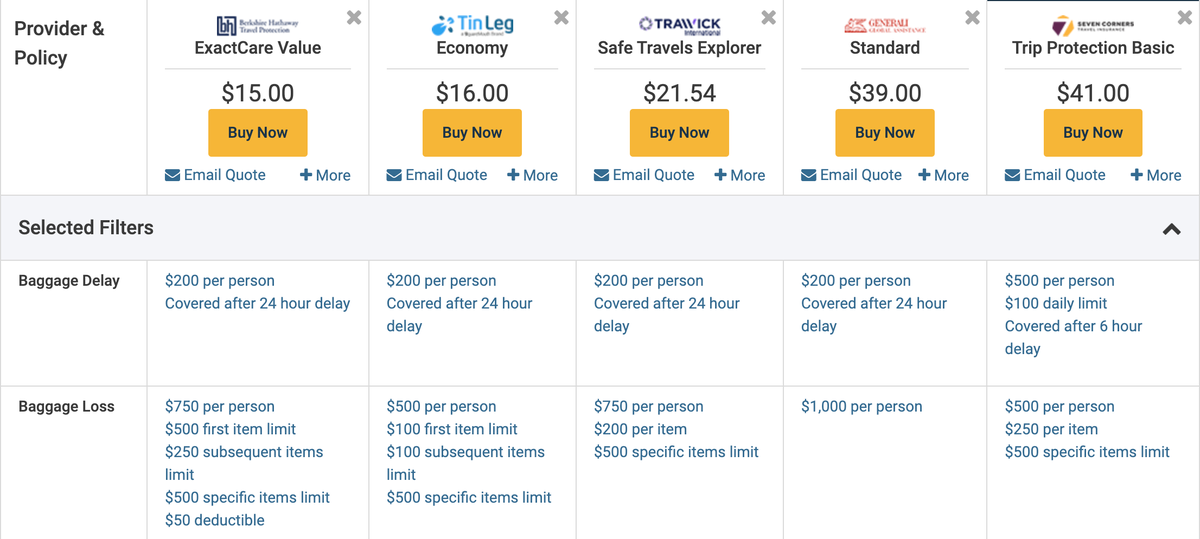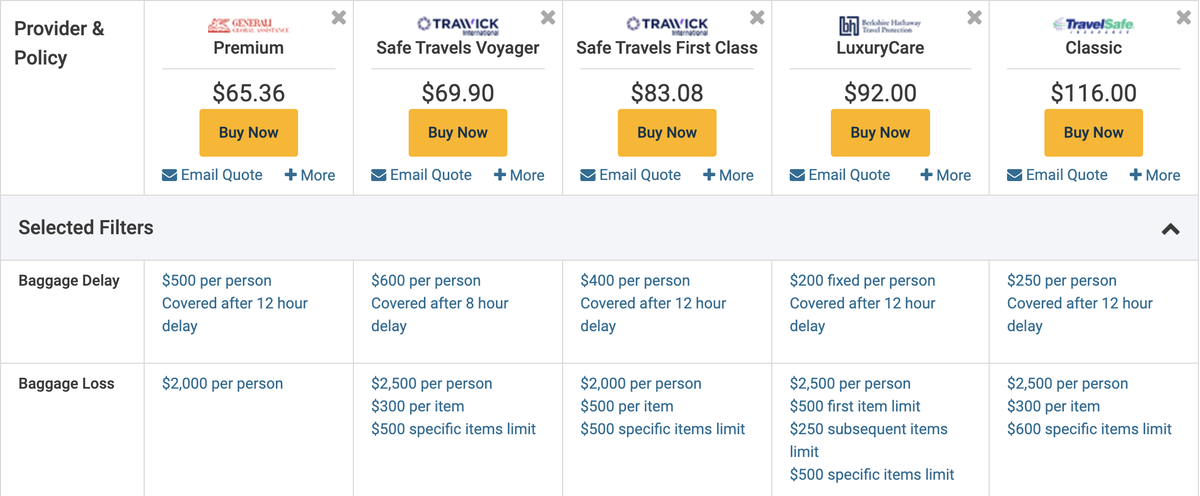Ryan Smith
Ryan Smith
News Managing Editor
611 Published Articles 924 Edited Articles
Countries Visited: 197U.S. States Visited: 50
Ryan completed his goal of visiting every country in the world in December of 2023 and is letting his wife choose their destinations, including revisiting some favorites. Over the years, he’s written ...
Edited by: Jessica Merritt
Jessica Merritt
Senior Editor & Content Contributor
179 Published Articles 770 Edited Articles
Countries Visited: 4U.S. States Visited: 23
A long-time points and miles student, Jessica is the former Personal Finance Managing Editor at U.S. News and World Report and is passionate about helping consumers fund their travels for as little ca...
& Keri Stooksbury
Keri Stooksbury
Editor-in-Chief
73 Published Articles 3699 Edited Articles
Countries Visited: 54U.S. States Visited: 28
Editing with Upgraded Points for over 6 years, as editor-in-chief, Keri manages the editorial calendar and oversees the efforts of the editing team and over 20 content contributors, reviewing thousand...
![Is Baggage Insurance Worth It in 2025? [Types, Coverage, Plans]](https://upgradedpoints.com/wp-content/uploads/2020/03/klm-checked-bag.jpg?auto=webp&disable=upscale&width=1200)
